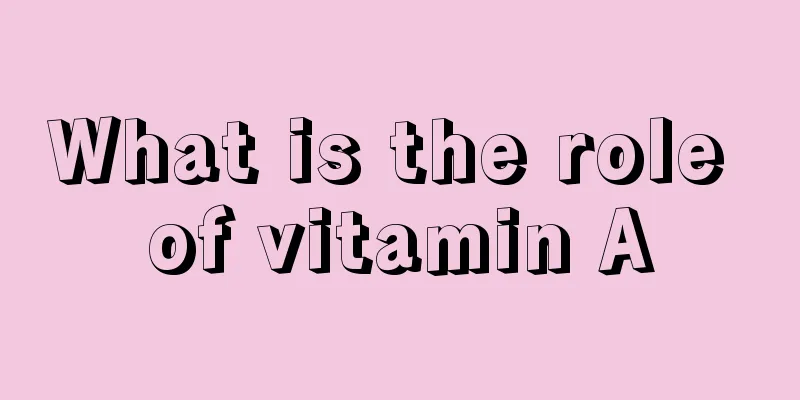What are the complications after cerebral hemorrhage surgery?

|
In daily life, cerebral hemorrhage is a very common physical disease, which usually occurs in middle-aged and elderly people. Suffering from cerebral hemorrhage is very harmful to physical health and even endangers life and health. Cerebral hemorrhage surgery is a very common treatment method. After cerebral hemorrhage surgery, some complications may easily occur, such as recurrence of the brain or infection of the incision. What are the common complications after cerebral hemorrhage surgery? The complications of cerebral hemorrhage surgery are as follows: 1. Bleeding: also known as rebleeding. Due to the complex tissue structure and numerous blood vessels in the brain, rebleeding may occur if hemostasis is not complete; 2. Wound infection: Any surgical incision has the risk of infection. Surgery for cerebral hemorrhage is mostly emergency surgery. If the operation is not fully prepared, scalp infection is relatively easy to occur; 3. Intracranial infection: If scalp infection is not treated in time, it invades the subcutaneous tissue and enters the brain tissue, leading to intracranial infection. In addition, external ventricular drainage can also lead to intracranial infection if the drainage tube is left in place for too long. Causes Common causes are hypertension combined with arteriosclerosis, microaneurysms or microvascular aneurysms. Others include cerebral vascular malformations, meningeal arteriovenous malformations, amyloid angiopathy, cystic hemangiomas, intracranial venous thrombosis, specific arteritis, fungal arteritis, moyamoya disease and arterial anatomical variations, vasculitis, and tumor stroke. In addition, blood factors include anticoagulation, antiplatelet or thrombolytic therapy, Haemophilus infection, leukemia, thrombotic thrombocytopenia, intracranial tumors, alcohol poisoning and sympathetic nerve stimulant drugs. The triggering factors include overexertion, climate change, bad habits (smoking, alcoholism, excessive salt intake, being overweight), blood pressure fluctuations, emotional excitement, and excessive fatigue. Clinical manifestations Hypertensive cerebral hemorrhage often occurs in people aged 50 to 70 years old, slightly more often in men. It is more likely to occur in winter and spring, usually during activities and emotional excitement. There are usually no warning signs before bleeding. Half of the patients have severe headaches and vomiting is common. Blood pressure rises significantly after bleeding. Clinical symptoms often reach a peak within minutes to hours. Clinical symptoms and signs vary depending on the site and amount of bleeding. Mild hemiplegia caused by bleeding in the basal ganglia, thalamus and internal capsule is a common early symptom. A small number of cases have epileptic seizures, which are often focal. Severe cases quickly turn into confusion or coma. 1. Movement and language disorders The most common movement disorder is hemiplegia; the most common speech disorder is aphasia and slurred speech. 2. Vomiting About half of the patients experience vomiting, which may be related to increased intracranial pressure, vertigo, and irritation of the meninges by blood during cerebral hemorrhage. 3. Impairment of consciousness It manifests as drowsiness or coma, the degree of which is related to the location, amount and speed of cerebral hemorrhage. Large amounts of bleeding in deep parts of the brain within a short period of time will most likely result in impaired consciousness. 4. Eye symptoms Anisocoria often occurs in patients with increased intracranial pressure and brain herniation; there may also be hemianopsia and eye movement disorders. During the acute phase of cerebral hemorrhage, patients often stare at the bleeding side of the brain (gaze paralysis). 5. Headache and dizziness Headache is the first symptom of cerebral hemorrhage, often located on the side of the head with bleeding; when there is increased intracranial pressure, the pain can spread to the entire head. Dizziness often accompanies headache, especially when bleeding occurs in the cerebellum or brain stem. |
<<: How to reduce fever caused by inflammation?
>>: What to do if you get stabbed by a pencil and bleed
Recommend
How to take care of lung cancer through diet? Diet care methods for lung cancer
Many people do not know that there is a great rel...
What to do if you have an affair?
Nowadays, the pace of social development is very ...
The harm of nerve root ganglion cyst
Nerve root sheath cyst is a condition that is ver...
What is the cure rate for late-stage ovarian tumors?
When ovarian tumors occur, many women actively se...
Do you know if there are no spots and it is a neurofibroma?
This disease mostly occurs among young people. If...
What is the correct way to wash your hair with tea bran?
In daily life, a head of black and shiny hair is ...
What is the purpose of glucose injection at night
Glucose is an important basic substance needed by...
What are the characteristics of uterine cancer?
What are the characteristics of uterine cancer? T...
Superficial scar fading time
In life, no one is ever hurt, and bumps and bruis...
Back pain at right shoulder blade
If you find pain in your right posterior shoulder...
Early symptoms of melanoma
Among many surgical diseases, melanoma is one of ...
The main factors that induce colon cancer
Colon cancer is a common disease in life. Most pe...
The most effective way to exercise your biceps
Maybe the era of fantasizing about the Prince Cha...
What should I do if there is a hard pimple on my chin
Maybe everyone thinks that a pimple on the chin w...
Will patients with advanced gastric cancer starve to death?
In the late stage of cancer, due to the continuou...









